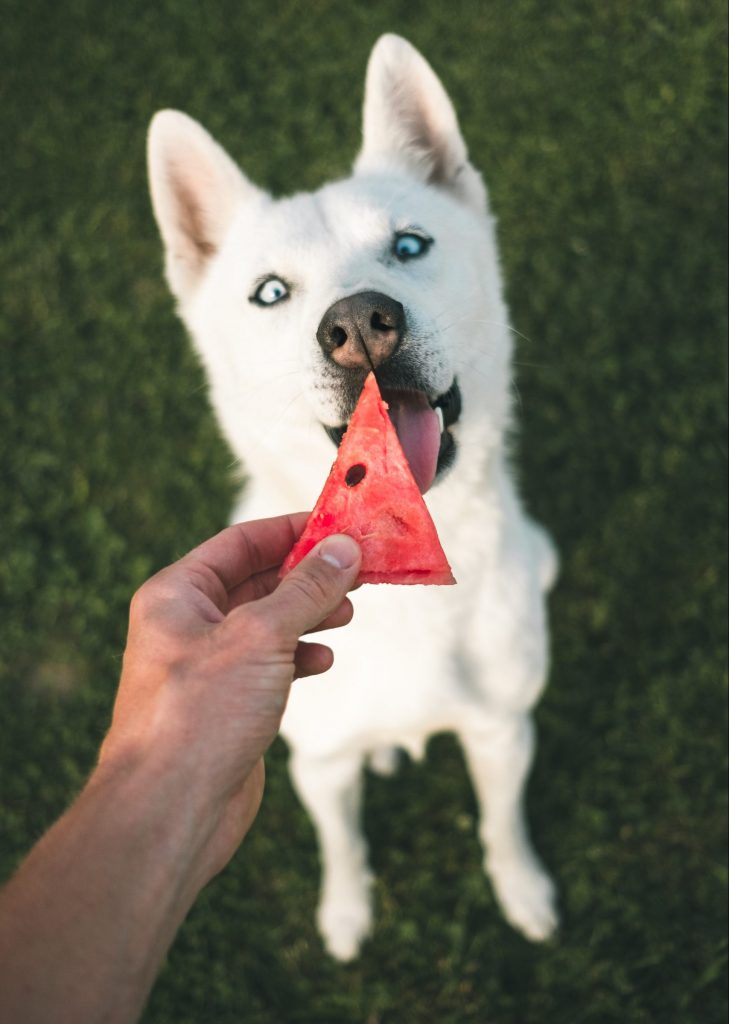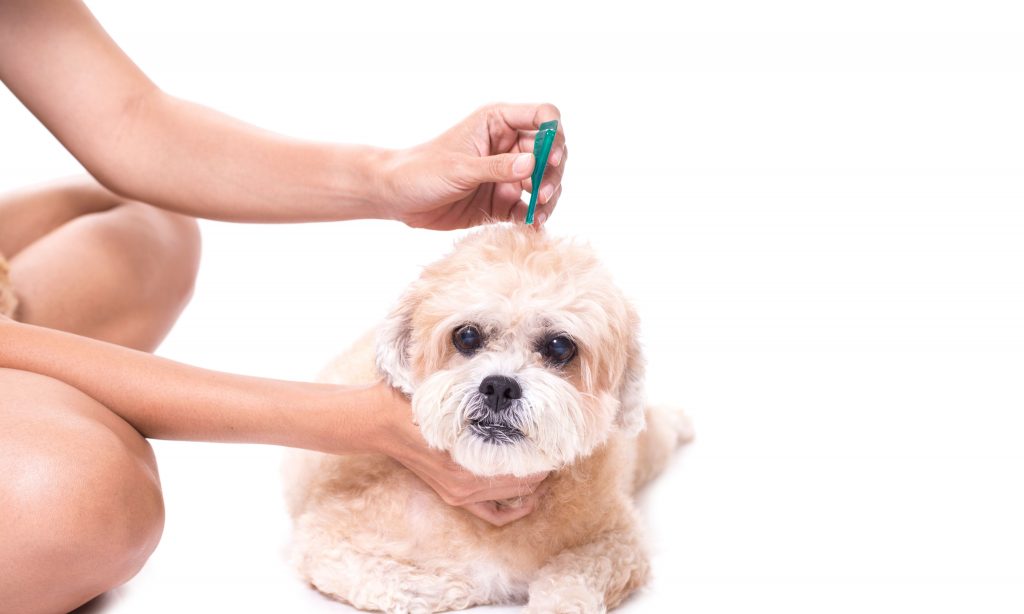The post aims to educate dog owners about the relationship between nutrition and obesity in dogs. The aim is to provide valuable information and practical tips to help dog owners understand the importance of maintaining a healthy weight for their pets and to guide them in making informed choices regarding their dog’s nutrition. By addressing the topic of canine obesity and offering actionable advice, the objective is to empower dog owners to take proactive steps in managing their dog’s weight and promoting overall well-being.

Obesity is a growing concern among dogs, and it can have serious consequences on their overall health and well-being. As responsible dog owners, it is our duty to provide proper nutrition and ensure our furry friends maintain a healthy weight. In this blog post, we will delve into the link between nutrition and canine obesity, and provide you with valuable tips and strategies for keeping your dog at a healthy weight.
Section 1: Understanding Canine Obesity
Canine obesity has become a prevalent issue, affecting dogs of all ages and breeds. The primary cause of obesity is an imbalance between calorie intake and expenditure. When dogs consume more calories than they burn, the excess energy is stored as fat, leading to weight gain. Obesity can have significant health implications for dogs, such as joint problems, diabetes, heart disease, reduced lifespan, and a lower quality of life.
Section 2: Nutrition and Weight Management
2.1 Choosing the Right Dog Food:
Selecting high-quality, nutritionally balanced dog food is crucial for maintaining a healthy weight. Look for dog foods that list real meat as the primary ingredient, without excessive fillers or artificial additives. Consider your dog’s age, breed, activity level, and any specific dietary requirements when choosing the appropriate food.
2.2 Portion Control: Getting the Balance Right:
Proper portion control is key to preventing overeating and weight gain. Follow the feeding guidelines provided on the dog food packaging and adjust the portions based on your dog’s individual needs. Remember, each dog is unique, and factors such as age, size, metabolism, and activity level should be taken into account.
2.3 Recognizing and Avoiding Overfeeding:
Be mindful of unintentional overfeeding, which can happen when we offer too many treats or table scraps. Treats should be given sparingly and in moderation, and consider using healthy alternatives such as carrot sticks or apple slices. Avoid feeding your dog from the table, as it can encourage begging and lead to excessive calorie intake.
2.4 The Role of Treats in Weight Management:
If you use treats for training or as rewards, choose low-calorie options specifically designed for dogs. Additionally, you can use a portion of your dog’s daily food allowance as treats during training sessions to avoid overfeeding.
Section 3: Exercise and Physical Activity
3.1 The Importance of Regular Exercise:
Exercise is essential for maintaining a healthy weight and overall fitness. Regular physical activity helps dogs burn calories, build muscle, improve cardiovascular health, and prevent obesity-related issues. Aim for daily exercise sessions that suit your dog’s breed, age, and energy level.
3.2 Tailoring Exercise to Your Dog’s Needs:
Different dogs have different exercise requirements. Consider activities such as walks, runs, fetch, swimming, or interactive play sessions with toys. Consult with your veterinarian to determine the appropriate duration and intensity of exercise for your dog.
3.3 Fun Ways to Keep Your Dog Active:
Make exercise enjoyable by incorporating fun activities and games. Explore new walking routes, engage in puzzle toys, enroll in obedience or agility classes, or try canine sports such as dock diving or flyball. Keeping your dog mentally and physically stimulated will help them maintain a healthy weight.
Section 4: Seeking Veterinary Guidance
4.1 Consultation with a Veterinarian:
Regular veterinary check-ups are essential for monitoring your dog’s weight and overall health. Your veterinarian can provide valuable guidance on proper nutrition, weight management strategies, and any specific dietary needs based on your dog’s health condition.
4.2 Creating a Personalized Weight Management Plan:
Work with your veterinarian to create a personalized weight management plan tailored to your dog’s specific needs.
Conclusion:
Maintaining a healthy weight for your dog is crucial for their overall well-being and longevity. By understanding the link between nutrition and canine obesity and implementing the tips provided in this blog post, you can take proactive steps to prevent weight gain and promote a healthy lifestyle for your furry friend.
Remember to choose high-quality dog food, practice portion control, and avoid overfeeding. Incorporate regular exercise and physical activity into your dog’s routine to help them burn calories and stay fit. Additionally, seeking guidance from your veterinarian and scheduling regular check-ups will ensure that your dog’s weight and nutrition are properly monitored.
If you have any specific concerns or questions regarding your dog’s nutrition or weight, we encourage you to chat with us on our website.

Frequently Asked Questions:
How can I tell if my dog is overweight?
There are a few signs to look out for, such as difficulty feeling their ribs, an absence of a noticeable waist, and a lack of energy during physical activity. It’s best to consult with your veterinarian to determine if your dog is overweight.
What are the risks associated with obesity in dogs?
Obesity can lead to various health issues in dogs, including joint problems, diabetes, heart disease, decreased life expectancy, and reduced quality of life.
How can I help my dog lose weight?
Start by consulting with your veterinarian to develop a weight loss plan tailored to your dog’s specific needs. This may involve adjusting their diet, portion control, and increasing exercise. It’s important to make any changes gradually and monitor your dog’s progress closely.
What type of diet is best for weight management in dogs?
A balanced and nutritious diet that is low in calories and fat is generally recommended for weight management. Your veterinarian can help you choose the right type and amount of food for your dog.
Are there any specific dog breeds more prone to obesity?
Yes, certain dog breeds, such as Labrador Retrievers, Beagles, and Dachshunds, are more prone to weight gain. However, it’s important to note that any dog, regardless of breed, can become overweight if not properly managed.
Can treats be a part of a weight management plan for dogs?
Yes, treats can still be given in moderation as part of a weight management plan. However, it’s important to choose low-calorie treats or use healthy alternatives, such as carrot sticks or green beans, to prevent excessive calorie intake.
How often should I weigh my dog during the weight loss process?
It’s recommended to weigh your dog regularly, ideally once a week, to track their progress. This will help you assess whether the weight loss plan is effective and make any necessary adjustments.



